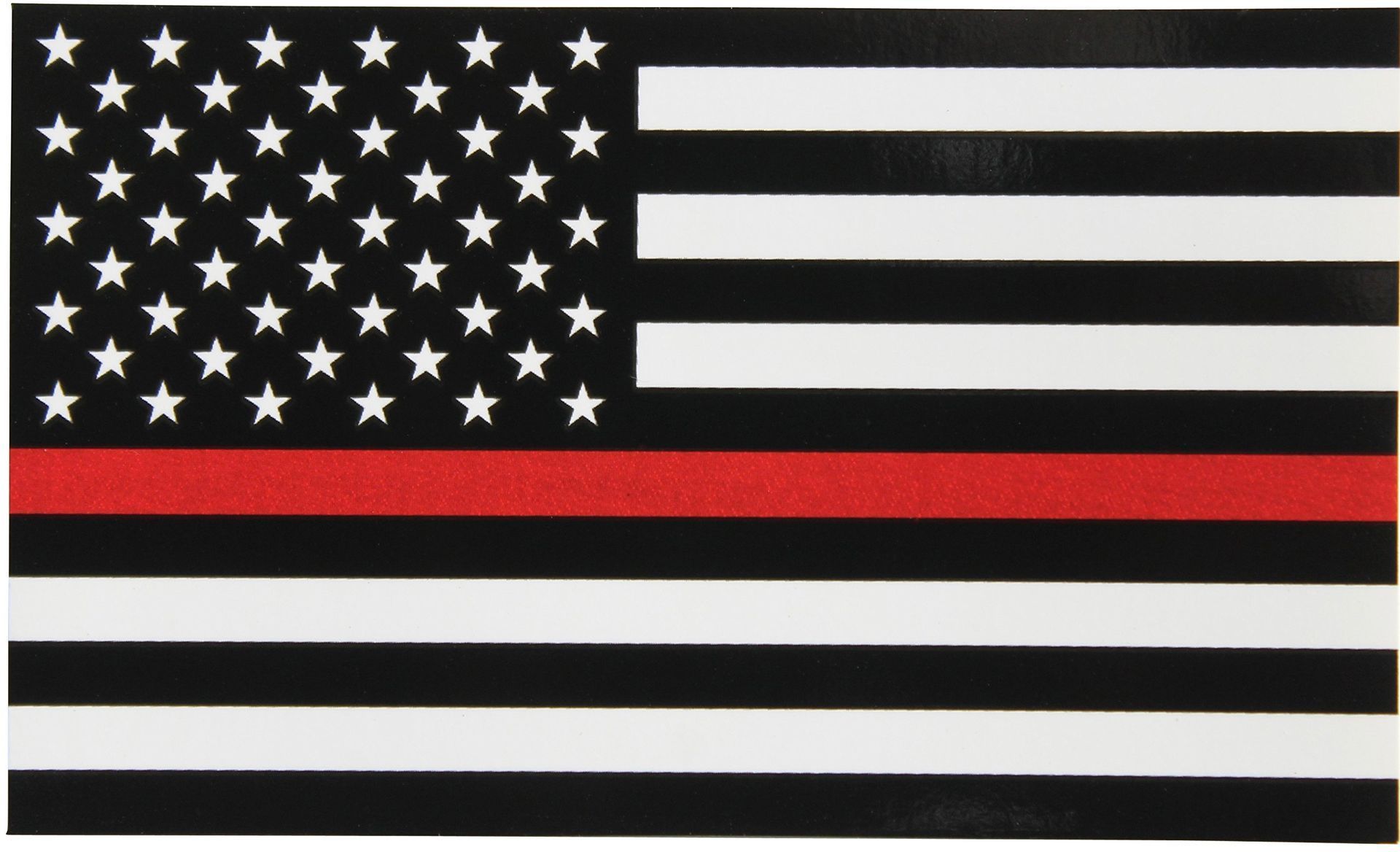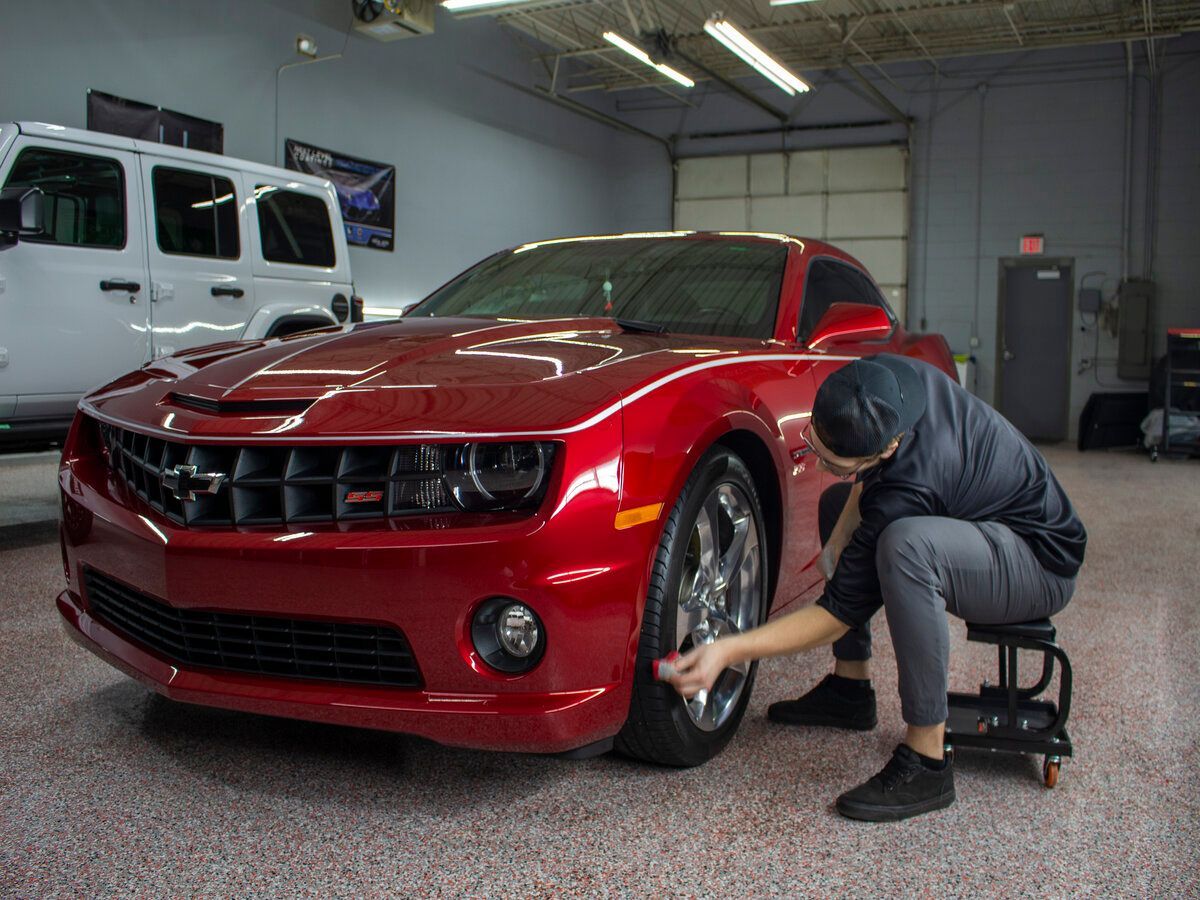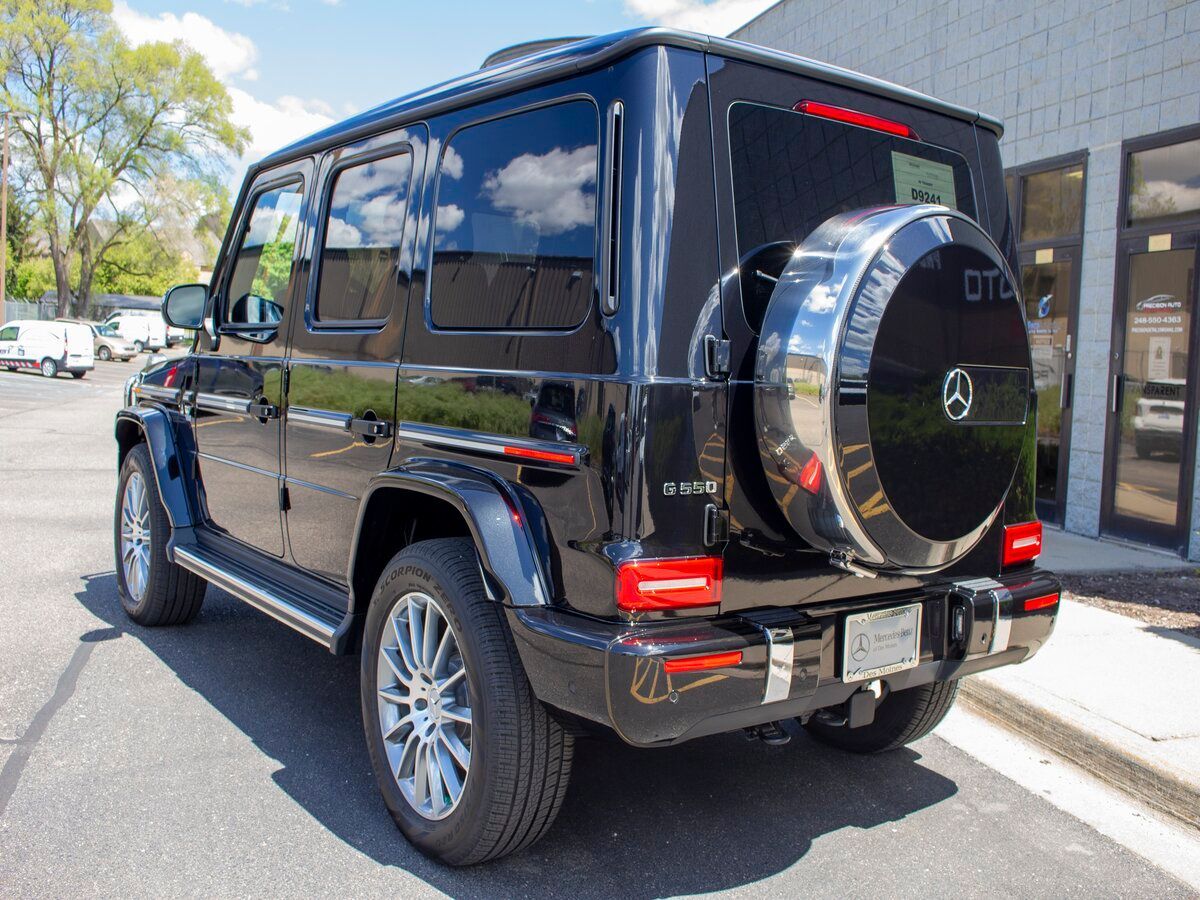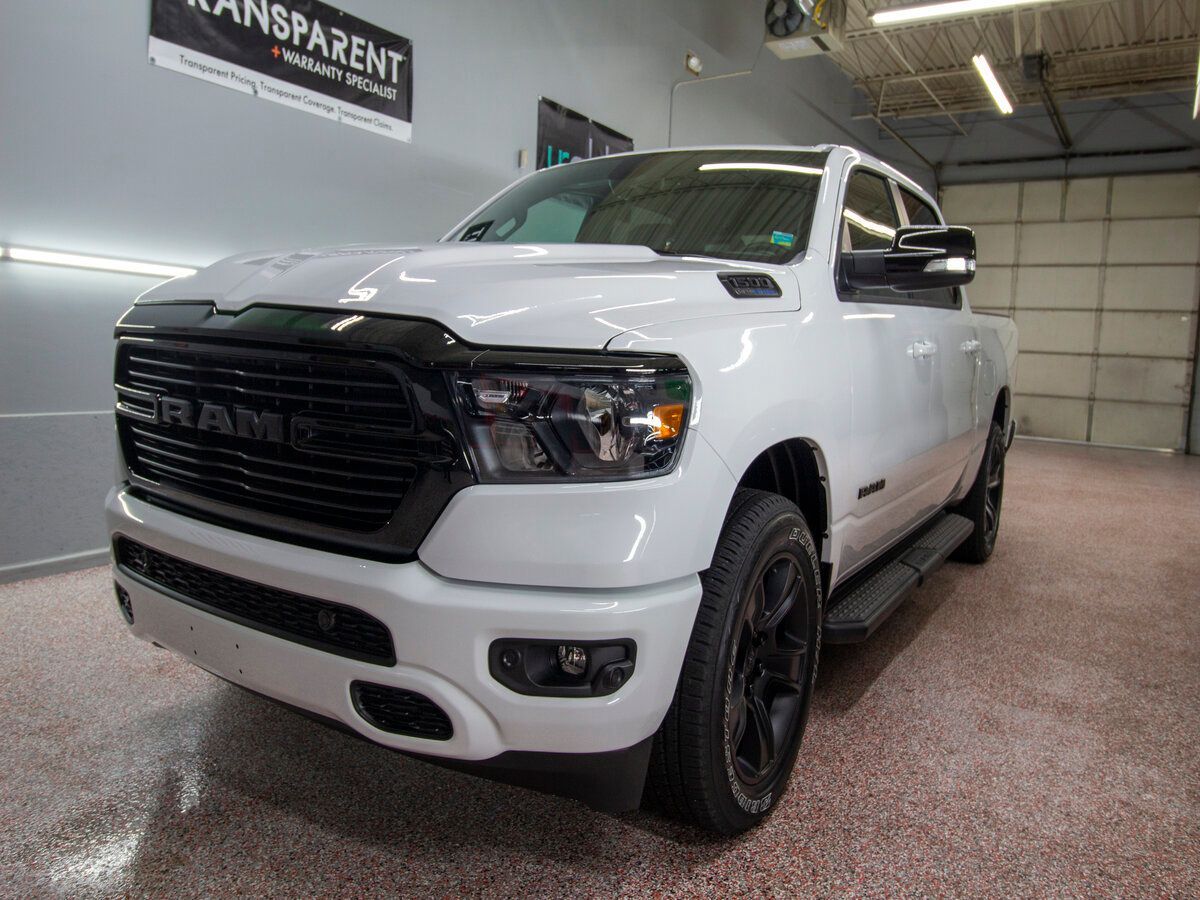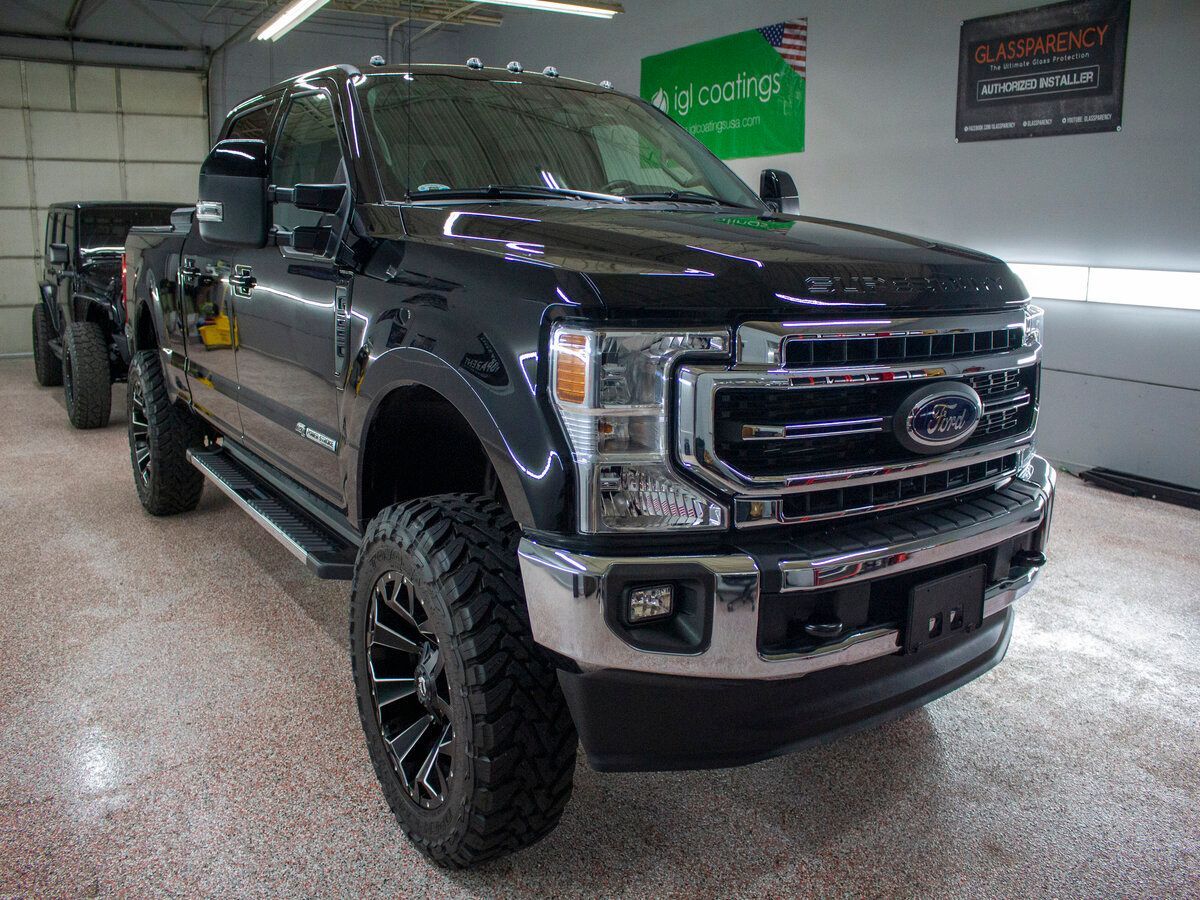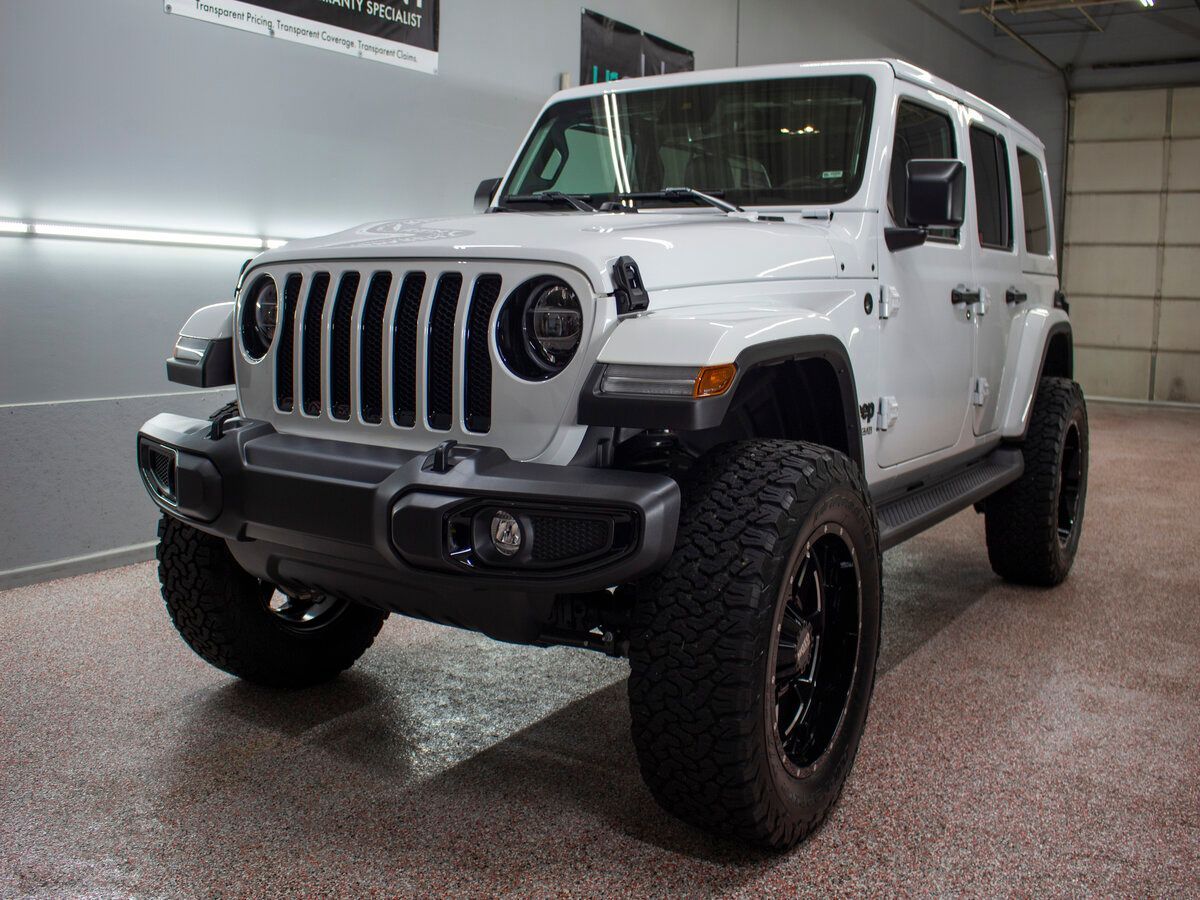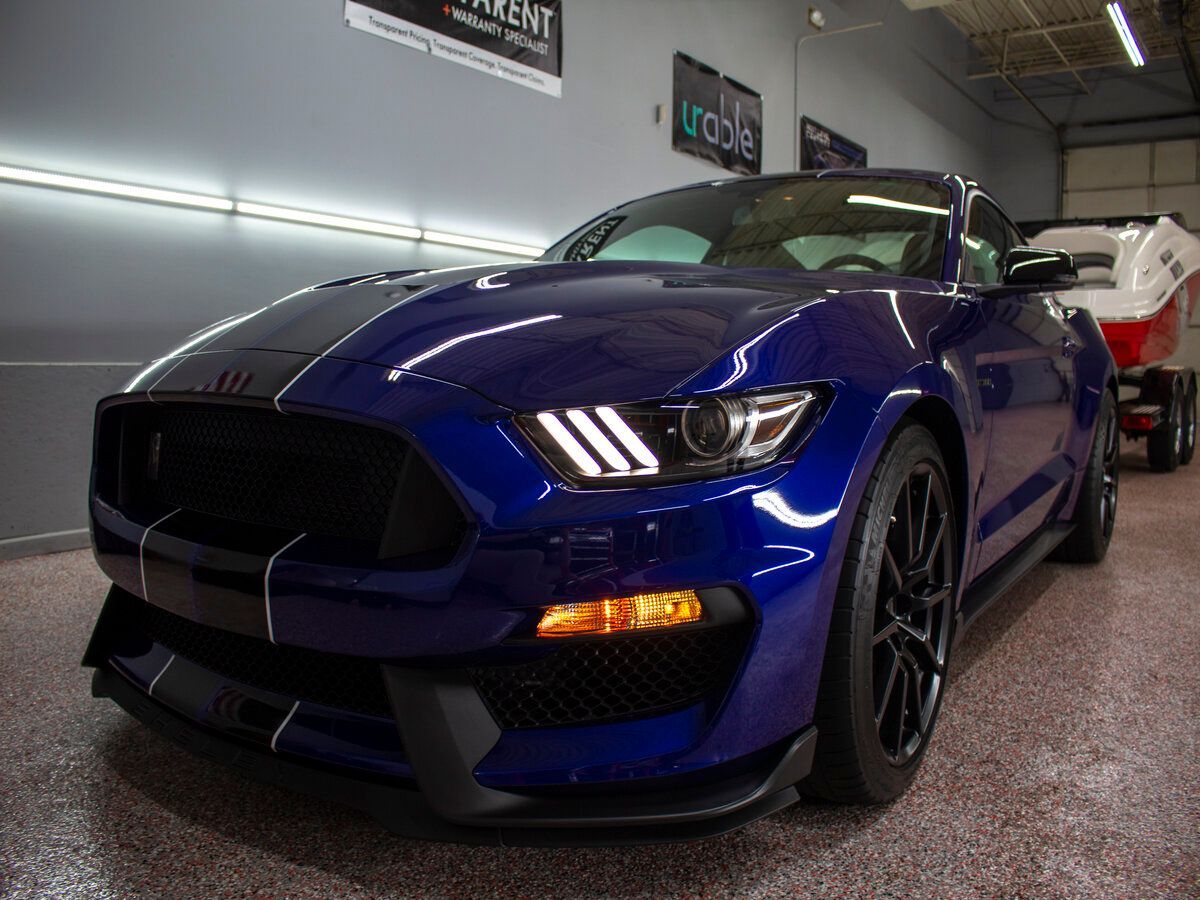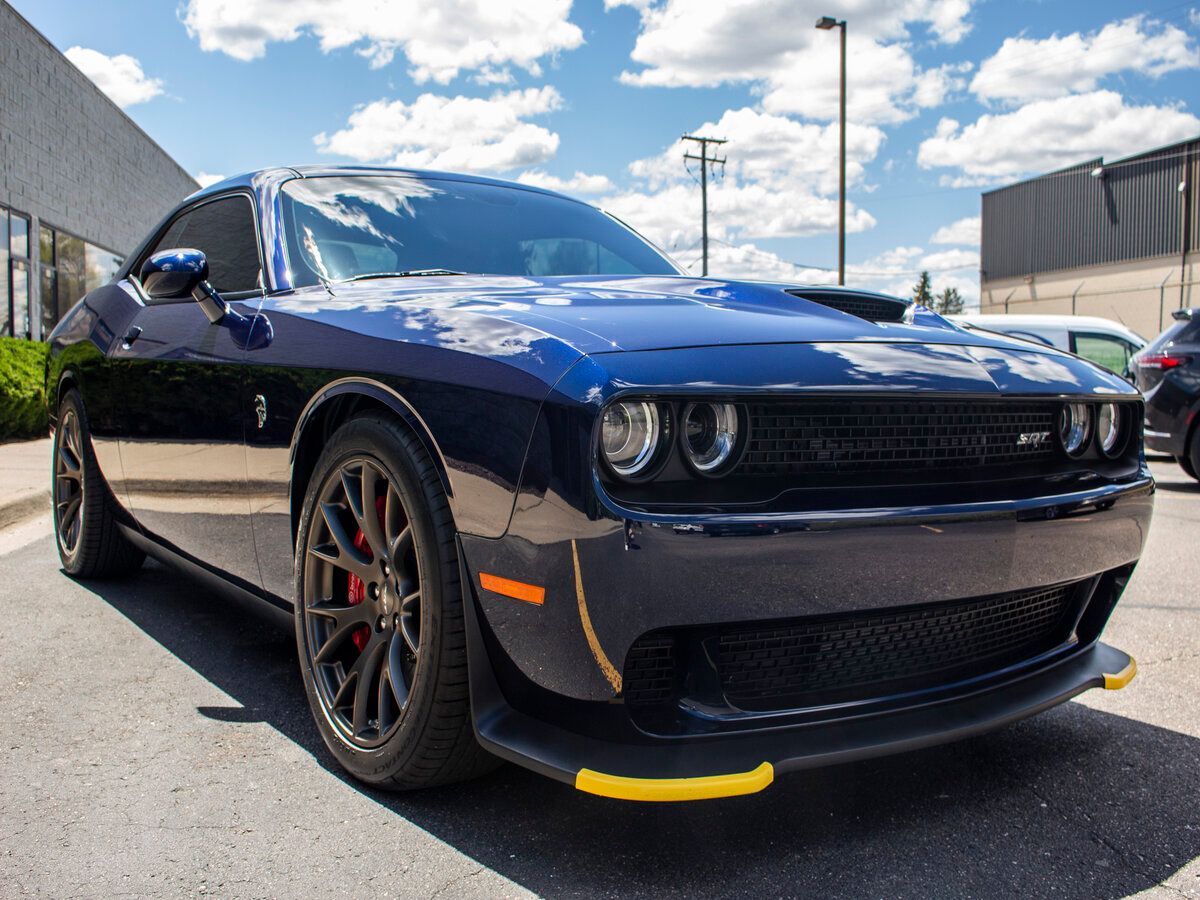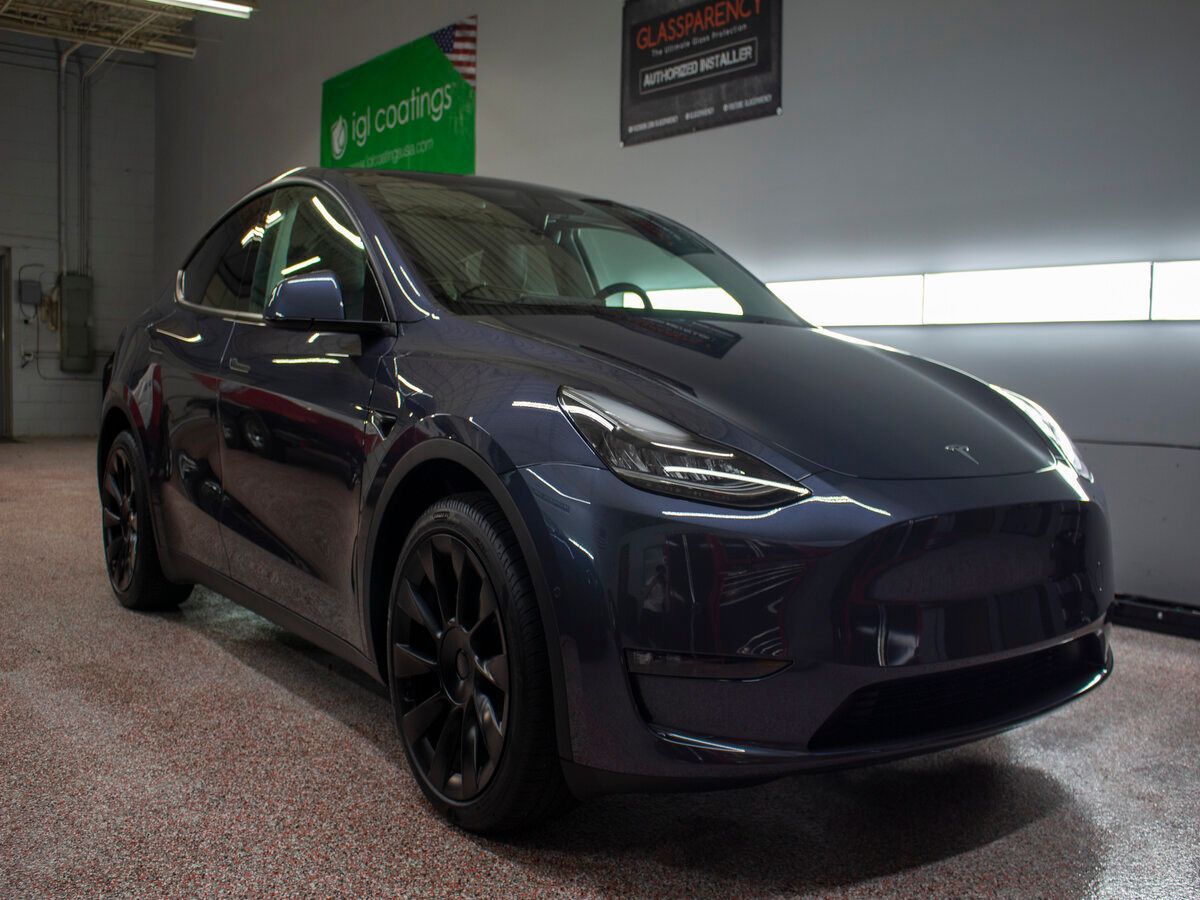How Protection Film Can Save You Money on Car Maintenance
GET A FREE ESTIMATECALL (248) 550-4363
It's no secret that owning a car is expensive. Between the regular maintenance costs and the unavoidable repairs that come up for any vehicle, keeping your car in road-ready condition is an expense that never seems to stop. But there's a way to get ahead of these costs and protect the value of your investment: car protection film. It may sound too good to be true, but car protection film can save you money in the long term when it comes to maintenance and repairs, and in this blog post, we'll share exactly how it does just that. So keep reading to find out how a car protection film can help you make the most of your car and your budget.
Benefits of Applying Car Protection Film
Applying car protection film is an effective yet economical way to keep your car looking newer for longer. Not only will it protect your paint from scratching, but it can also help reduce the need for costly repairs down the line.
There are several advantages to using car protection film. It is a clear, thin plastic wrap that is applied directly to the painted surfaces of a car. This film acts as a protective coating and helps protect paint against scratches, chipping, fading, and other types of paint damage from both environmental sources like UV rays and harsh weather conditions as well as everyday wear and tear. This layer of protection also guards against road debris, such as rocks and gravel, that could potentially cause damage to your paintwork. Furthermore, when liquid splashes onto the car's exterior, such as moisture or road salt, the film will prevent it from seeping into the metal body of the car and corroding it over time.
On the other hand, there are certain drawbacks to applying car protection film. It is not a permanent product and may eventually need to be replaced in order to maintain its effectiveness and coverage area. Even with proper routine cleaning, UV rays may still fade some parts of the protective film over time, thus requiring repair or additional maintenance costs. Additionally, heat from both the sun and engine heat could potentially warp or shrink the film if not monitored regularly.
Car protection film can provide auto owners with great benefits when properly maintained and installed on their vehicles. From providing a layer of protection against paint damage to reducing repair costs in the long run, investing in this type of product can help you save money on maintenance while maintaining the appearance of your vehicle for much longer.
Increased Paint Longevity
An additional advantage of car protection film is its role in improving the longevity of vehicle paint. Much like wearing sunscreen can help protect your skin from sun damage, installing a quality vehicle protection film can help defend the exterior of your vehicle from damaging environmental elements. Without protection, the paint job on cars can quickly fade away and require costly new coatings. Many people are unaware that environmental factors like UV rays, bird droppings, and road debris account for almost half of the premature aging and degradation of vehicle paint.
Installing this type of protective film blocks out 98 percent of UV rays, which helps slow fading and keep vehicles looking newer for longer—well beyond the warranty period. Additionally, it aids in guarding against dangerous chemicals that accumulate on car surfaces as a result of dust storms and other natural occurrences. Further, it provides a physical barrier between stone chips and abrasion from wind-blown debris that causes scratches and dings. Though not all car protection films offer the same level of guaranteed protection, manufacturers have tested their products for effectiveness against harmful elements and released numbers detailing expected longevity depending on various factors such as coverage area and level of tinting chosen.
Chip and scratch resistance
Car protection films offer an excellent level of chip and scratch resistance. Even the thinnest films will prevent minor impacts from damaging your vehicle's paintwork. Having a car protection film installed can help preserve the showroom-ready look of a vehicle for years to come. Additionally, protection films deflect debris that roads may otherwise kick up, which could over time chip away at your car's end.
Yet, while they are extremely effective at preventing chips and scratches, ultrathin films do not provide full protection against severe damage or impacts. Thicker films may be able to protect against larger objects and impacts, but they can also indicate the difference between a protected vehicle and an unprotected one. Overall, however, car protection films are an excellent way of preserving the appearance of any car, especially if you intend on selling it or returning it to a dealership in the future.
Types of Automotive Protection Films
Although there are a variety of automotive protection films, clear film coating is the most popular type. A "clear film coating" is a thin polyurethane or polyethylene film that’s applied to the exterior and interior of a car, truck, or SUV. It adheres to the surface to protect it from rock chips, scratches, road debris, UV rays, and other environmental elements. The clear film is barely noticeable after installation and adds a glossy protective layer to your vehicle. Opponents of this type of film argue that while it may protect your car’s paint job and finish, it can also make it easier for dirt and debris to adhere to the surface. These grime particles can become embedded in the film over time and lead to a dull finish.
clear film coating
Clear film coating is an effective and cost-efficient way to protect a car’s painted surface from scratches, dirt, and grime. The protective layer of clear film is often called "paint protection film" (PPF). This type of coating typically covers the exterior of the car, including the hoods, bumpers, side mirrors, and other areas at risk from damage. As with any type of protective measure, clear film coatings come with both advantages and disadvantages.
On the one hand, clear film coatings are durable enough to protect a car from day-to-day hazards such as bird droppings, tree sap, and acidic rain. Once installed, it will last for years without needing much maintenance or input from the owner. Furthermore, if the protective film does get cracked or scratched, it can easily be replaced due to its affordability.
On the other hand, PPF can create a hazy surface on a car that won't shimmer in the sunlight like a freshly polished car would. In addition, unlike paint protection waxes and other coatings that offer some form of weatherproofing, this type of clear film just provides minimal protection against water spots. Installing a clear film coating also requires professional installation due to its complexity, so there is an additional cost associated with this method of vehicle protection.
Usually, the pros outweigh the cons when it comes to clear film coatings for cars. However, owners should weigh all options before making their final decision on which path to choose for protecting their vehicle’s end.
Installation of car protection film
The installation of car protection film is an easy process that anyone can complete. It simply involves applying the film over a car body part, just like applying a decal. The main difference is that protection films are more durable and designed to protect against specific damage. Application kits typically come with all necessary materials, including squeegees, microfiber towels, and edging tools, to ensure a smooth installation process.
On the other hand, one of the downsides to installing this type of film is that it can be labor-intensive and require time for preparation, alignment, and trimming—especially on complex vehicle shapes. If done incorrectly, it could result in bubbling or lifting, which would be indicative of an improper application. In addition, some types of car protection films require a heat gun or blow dryer to activate a special adhesive backing during application. Additionally, prying off an old protective film can be difficult if it has been installed for years without being replaced.
Overall, the installation of car protection film is an affordable and straightforward process that can be completed at home or at a DIY service shop. With the right materials and knowledge, anyone can successfully install the film on their car's surface with minimal effort. At its core, proper installation will ensure long-term use and protect your car from various minor damages.
Advantages of investing in car protection film
The advantages of investing in car protection films are numerous, such as:
- It can significantly reduce the costs associated with repairs and maintenance. This is because when a car is well protected, any scratches, dents, nicks, and abrasions that do occur can be easily removed without causing any permanent damage.
- Car protection film can make a car look brand new—even after years of wear and tear—creating a more pleasant environment for both the driver and the passengers.
- Car protection film provides a much higher level of protection against exterior elements such as UV rays, bird droppings, oil, gas stains, and other environmental pollutants that can damage the paint job on vehicles.
- Car protection film also serves as an extra layer of insulation that keeps the interior of your vehicle cool during hot months.
On the other hand, one must consider the cost associated with purchasing and installing car protection film. Car protection films rarely come cheap, and improper installation may actually cause further harm to your vehicle if not done with the utmost care and precision. Additionally, while this type of protection holds great promise in terms of long-term savings on repair costs, there is no guarantee that it will save you money in the short term due to its high upfront cost. In conclusion, investing in car protection film does have several advantages that should be considered by anyone looking for increased levels of longevity from their vehicles’ paint jobs. However, given that proper installation can be a tricky business and there is no assurance of returns in the short term, it pays to weigh out all potential long-term rewards before taking action.
Contact Precision Auto Protective Films & Ceramic Coatings for paint protection film services.
Precision Auto Protective Films & Ceramic Coatings provides superior paint protection film to keep your car looking brand new. Our high-grade film provides protection from rock chips, scratches, and other forms of road debris to preserve the glossy finish on your vehicle and keep its value. Don't let wear and tear damage your painted job; choose Precision Auto Protective Films & Ceramic Coating paint protection film today to protect against wear and tear and schedule installation! Visit our website now to discover more information or arrange installation!
Quick Links
Our Location
43000 W Nine Mile Road, Suite 307
Novi, MI 48375
United States
Contact Us
Phone: (248) 550-4363
Email: info@precisionautonovi.com
Service Areas
This website was designed by the team at Detailers Roadmap, a platform developed for detailing operators across the globe.
All Rights Reserved | 8bitcreative, LLC | Precision Auto Protective Films & Ceramic Coatings

